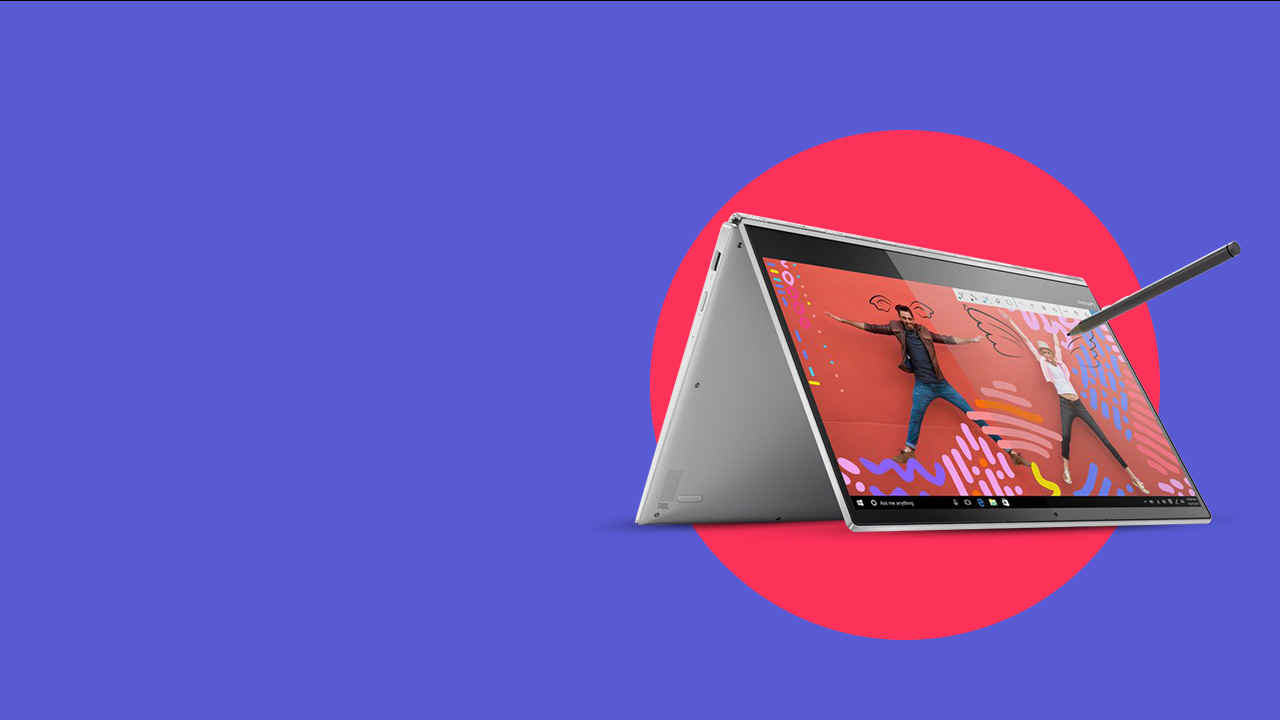

Capacitive touchscreens are everywhere these days; they’re found on all smartphones and on some laptops. They’re, without doubt, an easier mode of interaction with the device than the regular keyboard and mouse, but the questions often unasked are: does a touchscreen on a laptop always help? Do I really need it? Let’s find out by asking ourselves some more questions:
What am I really using it for?
This is a good question to ask yourself before opting for a touchscreen model. Follow it up with questions like: will I use the laptop for graphic-related work where touching elements directly on the screen is more accurate than using a mouse? Will I be using the laptop in flipped mode frequently? They’re important questions because if the touch input is limited only to pausing and resuming a video or touching the odd close button on the screen, then you may not need a touchscreen at all.
Will I draw and scribble notes?
This question too is pertinent because the answer will help you narrow down the type of touchscreen laptop you want. There are some laptops that let you draw and scribble accurately with a stylus while offering good palm rejection, and there are others that are good only for generic touches and pinch-zooming.
Will I be more productive?
A touchscreen laptop doesn’t always make you more productive. Being productive depends on your comfort level with the input methods available to you. In fact, there’s a good chance you’ll lose time switching between keyboard and touchscreen since they’re so far apart. Not to mention the bother of having to reach to the screen every time you want to touch it. In comparison, the keyboard-and-touchpad setup needs lesser hand movement and lets you rest your palms on the body of the laptop while using it.
Am I okay carrying a heavier laptop?
Touchscreens make the laptop heavier. Even if it is only by a few grams, it adds up to make a laptop heavy. So, if you’re looking for something lightweight, a touchscreen is best avoided.
Is battery life important for me?
A touchscreen display unit drains battery faster than a regular display unit because it constantly checks to see if any input is made. You can lose over an hour of battery life by getting a touchscreen model when you don’t need it.
Am I willing to spend more on a touchscreen?
Since laptops with a touchscreen are still a minority in the market, their price is generally higher than those without one, usually at least by Rs 5000. So, if a touchscreen isn’t important to you, it might be wiser to get a model without one.
For more laptop buying guides, check out our Back to College microsite here.